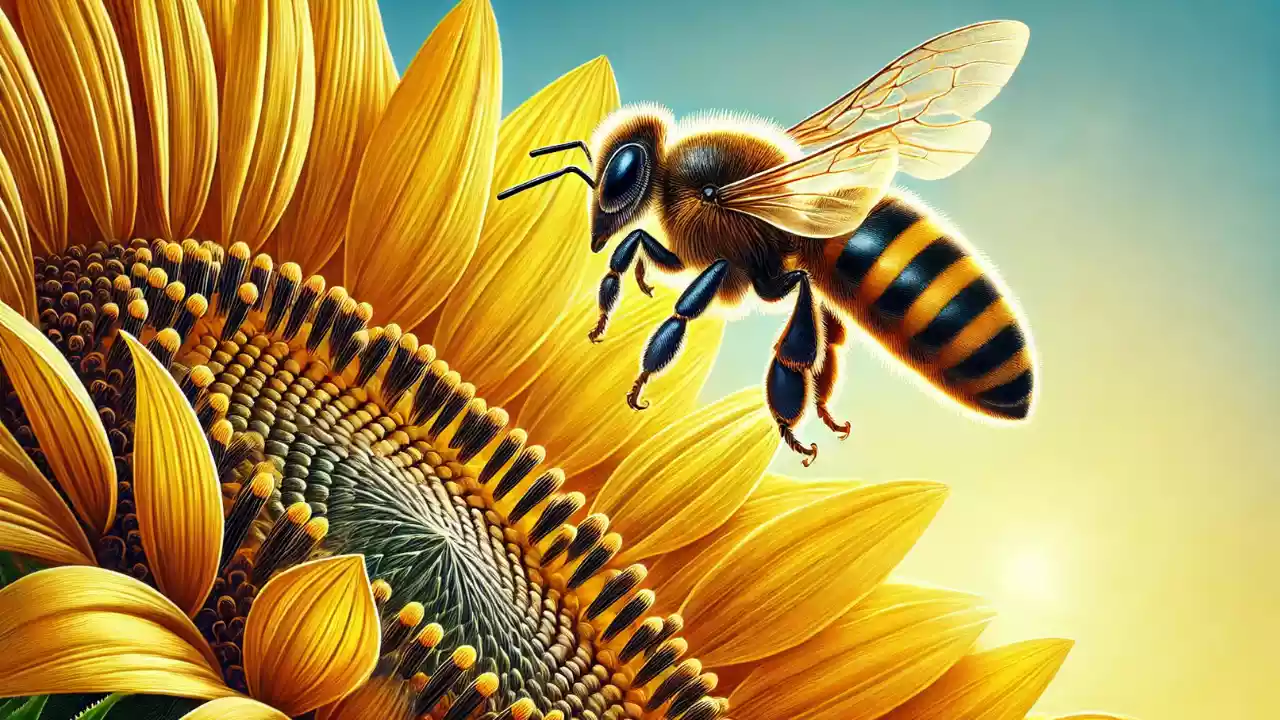Bees are not only known for their honey but also for their incredible teamwork and social organization. These tiny insects live in well-structured communities, working together to build hives, gather food, and care for their young. To describe these bustling groups, we use specific collective nouns that capture the essence of their cooperation and activity. Understanding these terms not only enriches our vocabulary but also gives us a deeper insight into the lives of bees. Let’s dive into the fascinating world of bees and discover the collective nouns that describe their groups.
Collective Noun for Bees
| Collective Noun |
|---|
| Swarm |
| Colony |
| Hive |
| Bike |
| Cluster |
1. Swarm
A swarm is often used to describe a large group of bees flying together. This term is commonly used when bees leave their hive in search of a new home.
- Example 1: A swarm of bees flew across the garden, looking for a new place to settle.
- Example 2: People watched as the swarm moved like a cloud in the sky.
- Example 3: The beekeeper carefully collected the swarm into a new hive.
2. Colony
A colony refers to a group of bees living together in a hive. This term emphasizes their organized and structured community life.
- Example 1: The colony of bees worked together to produce honey.
- Example 2: Each bee in the colony has a special job, like guarding the hive or collecting nectar.
- Example 3: The queen bee leads the colony and helps new bees to grow.
3. Hive
The word hive can refer to both the physical structure where bees live and the group of bees residing inside it.
- Example 1: The hive buzzed with activity as bees came in and out.
- Example 2: Inside the hive, bees make honeycombs where they store honey and pollen.
- Example 3: A beekeeper carefully tends to the hive to keep the bees healthy.
4. Bike
A bike is a lesser-known term that refers to a group of bees. It’s not as commonly used but still interesting to know!
- Example 1: A bike of bees flew over the meadow, gathering nectar.
- Example 2: The bike rested on a tree branch, buzzing softly.
- Example 3: Scientists observed the bike to learn more about bee behavior.
5. Cluster
A cluster is a term used when bees group tightly together, often for warmth or protection.
- Example 1: In the cool weather, bees formed a cluster to keep warm.
- Example 2: The cluster of bees on the hive’s surface indicated they were protecting their queen.
- Example 3: During swarming, a cluster of bees might hang from a tree branch.
Conclusion
Learning about the different collective nouns for bees helps us appreciate their social behavior and the roles they play in nature. Each term offers a unique perspective on how bees live and work together, whether they are flying as a swarm, residing in a colony or hive, or clustering for warmth. Understanding these terms enhances our knowledge of bees and their fascinating world.
